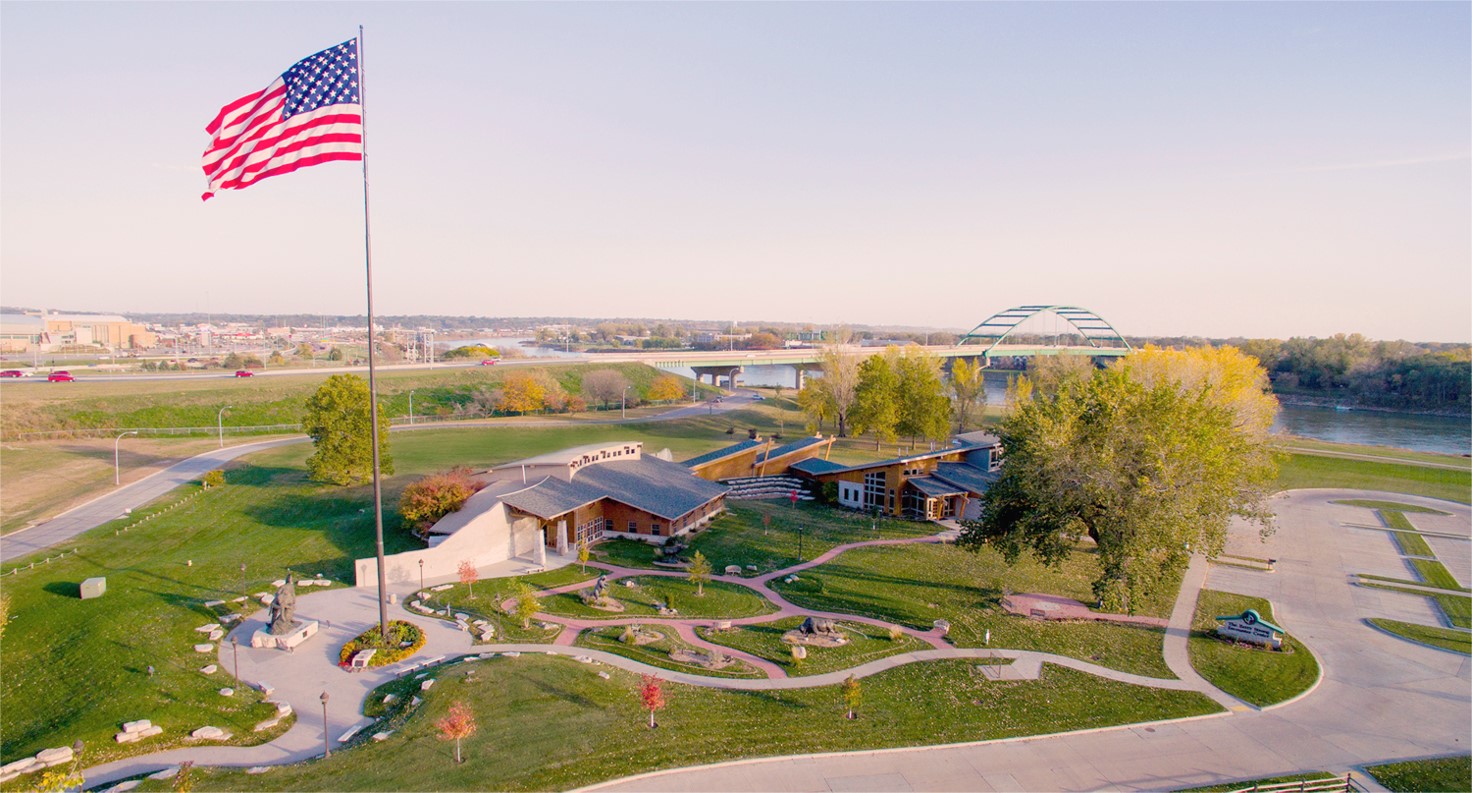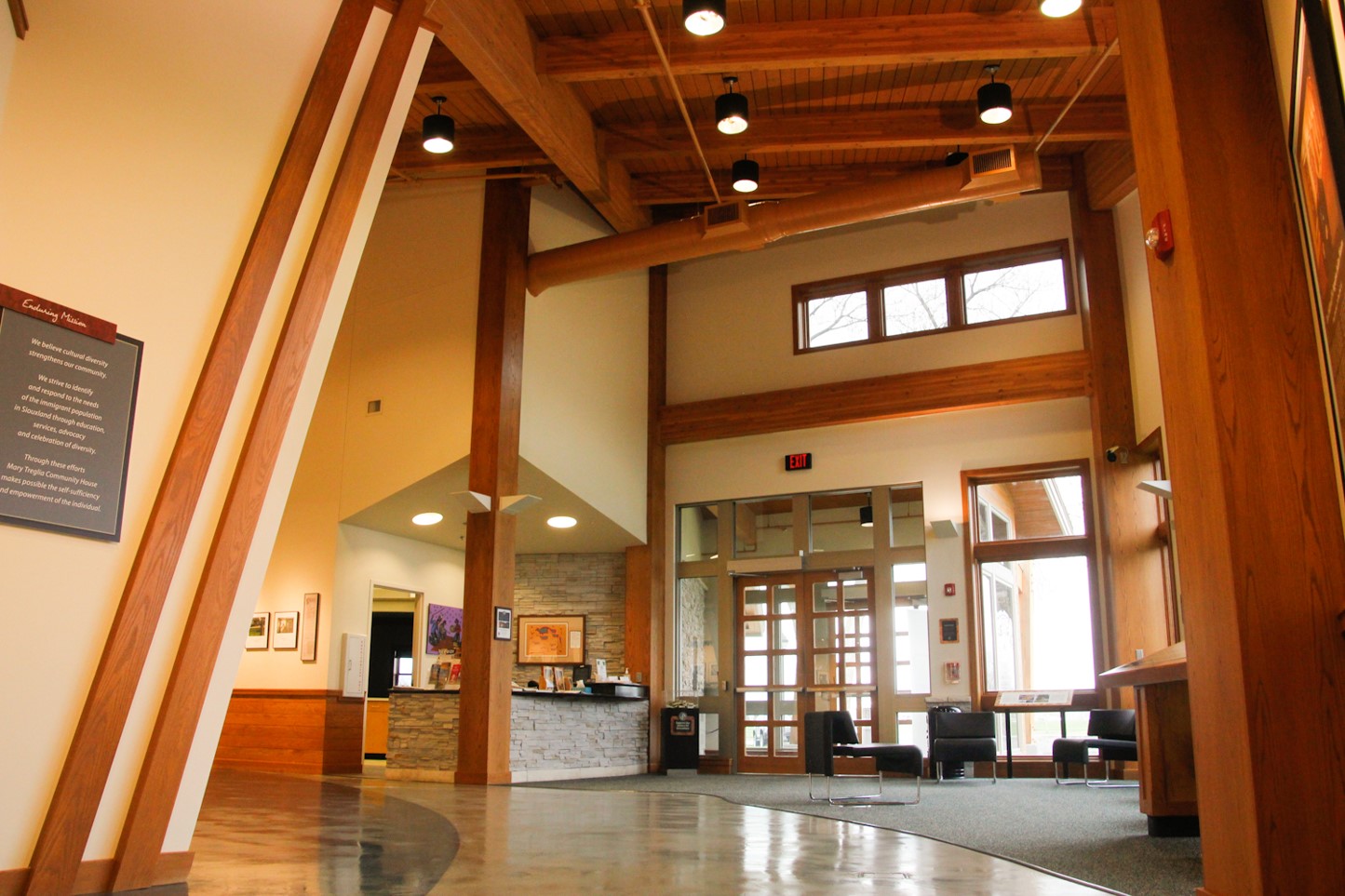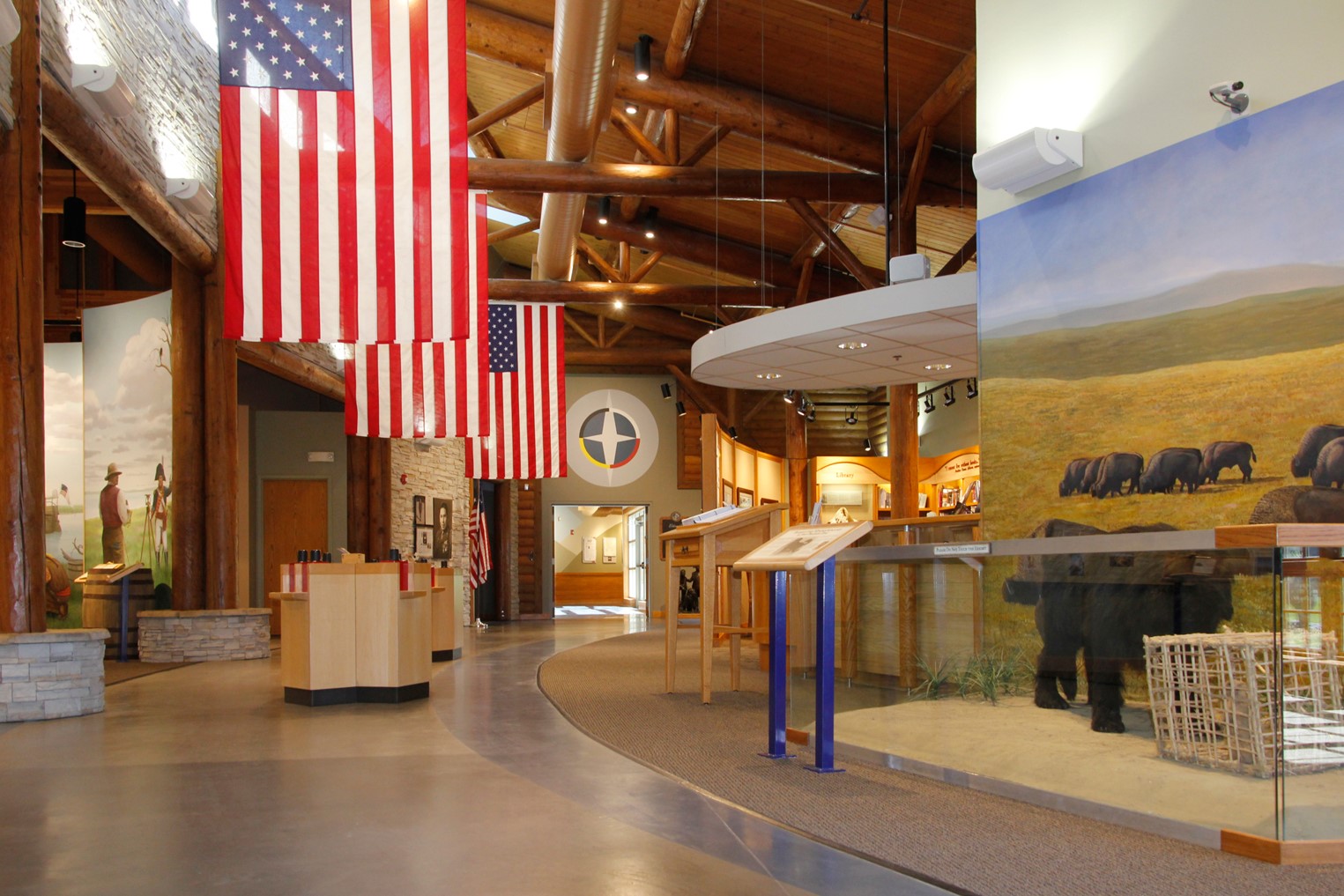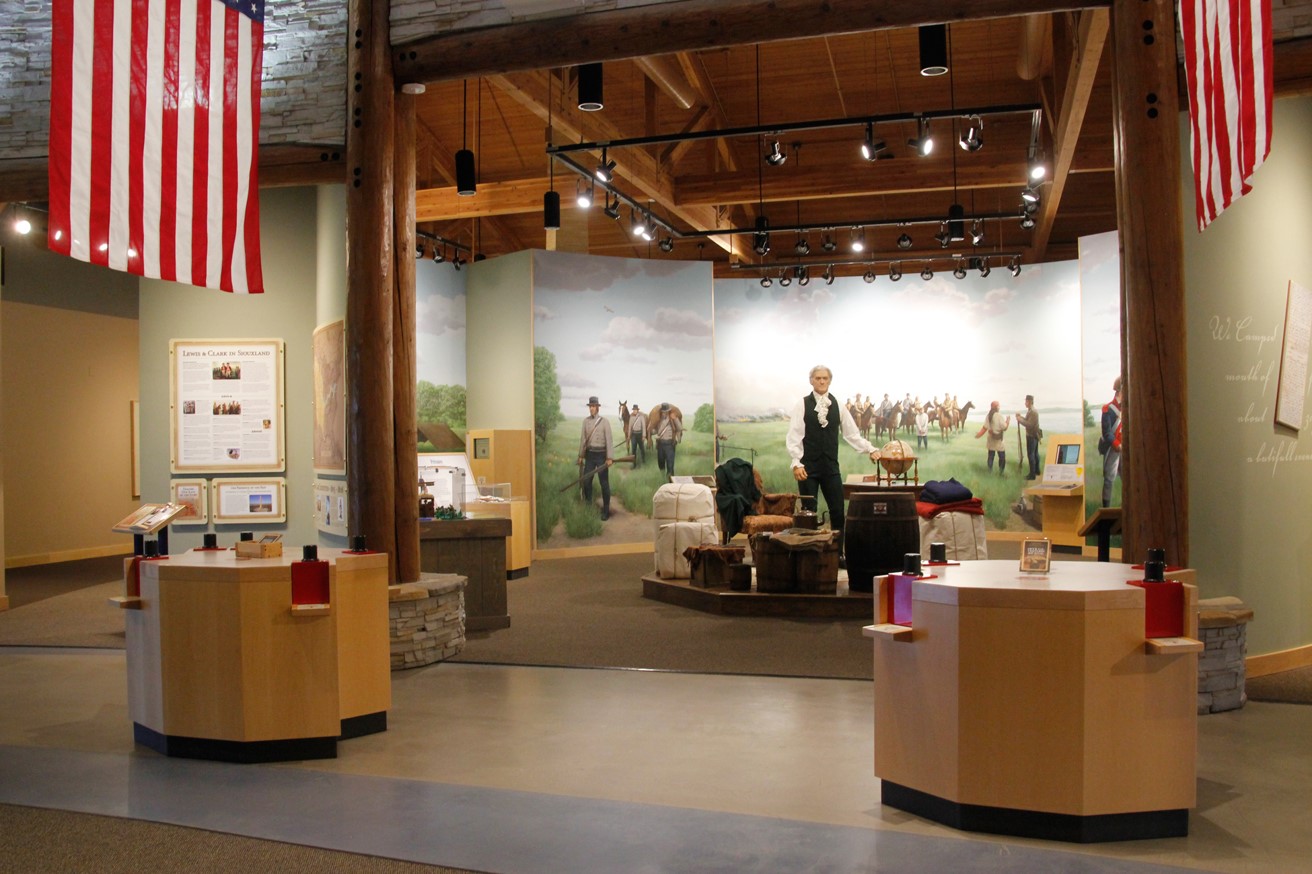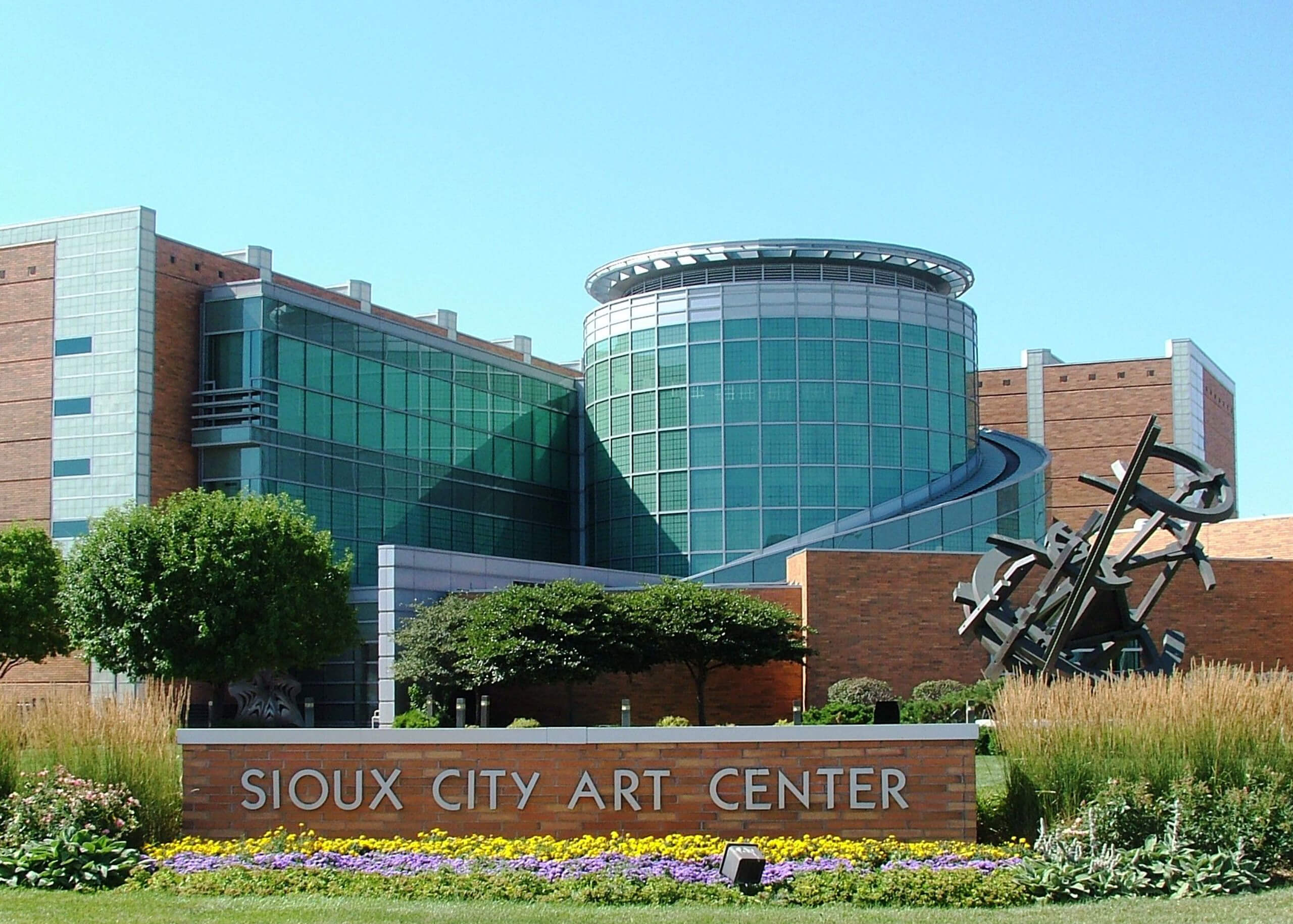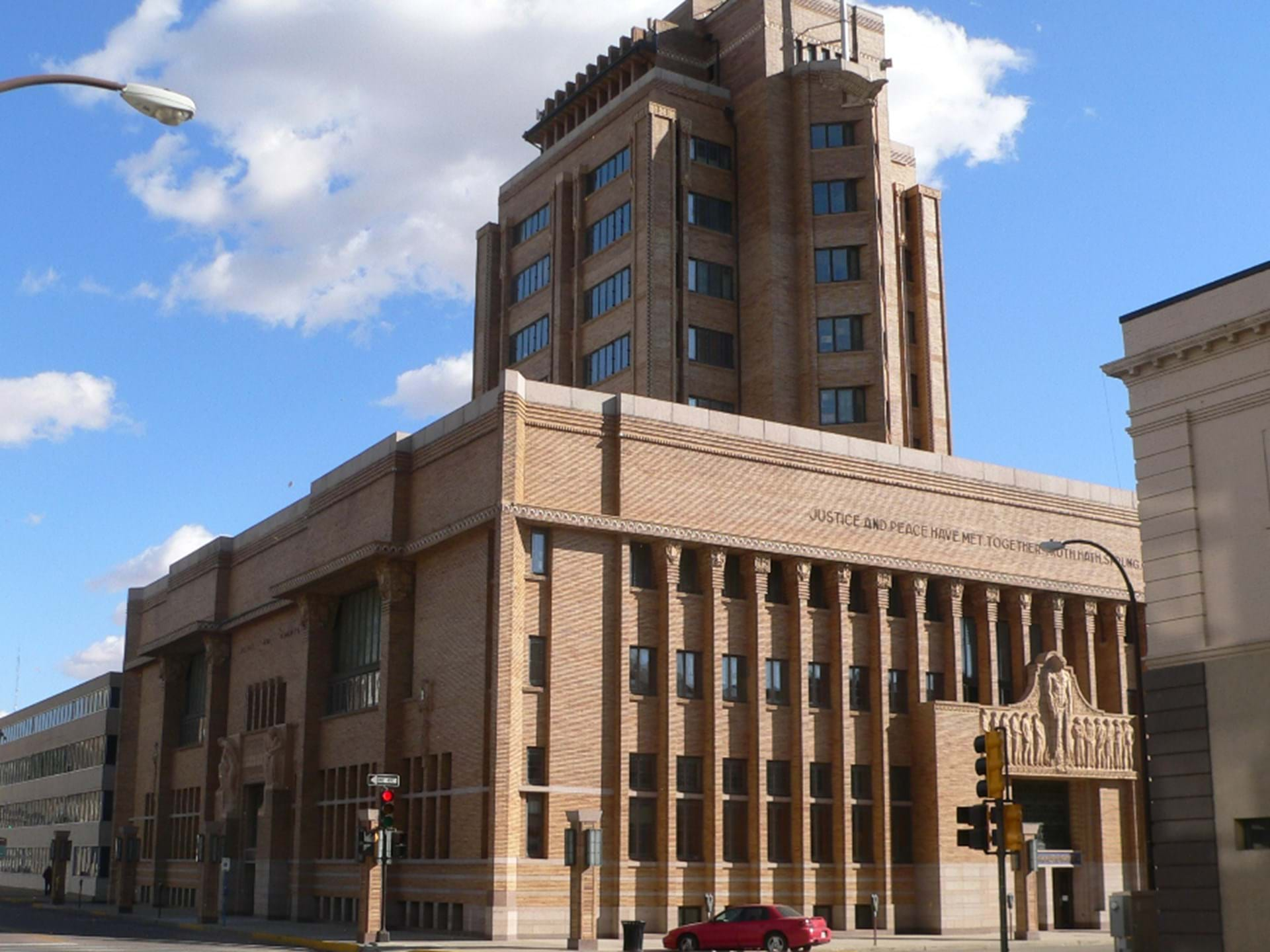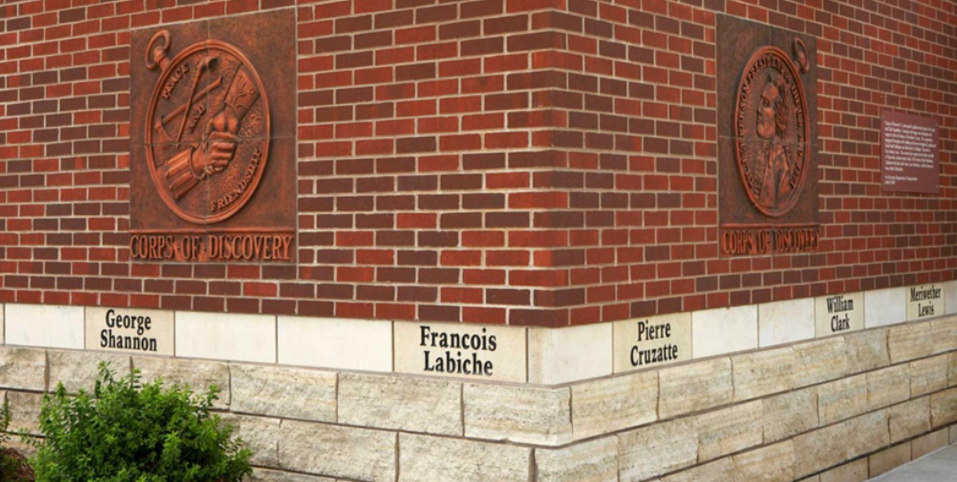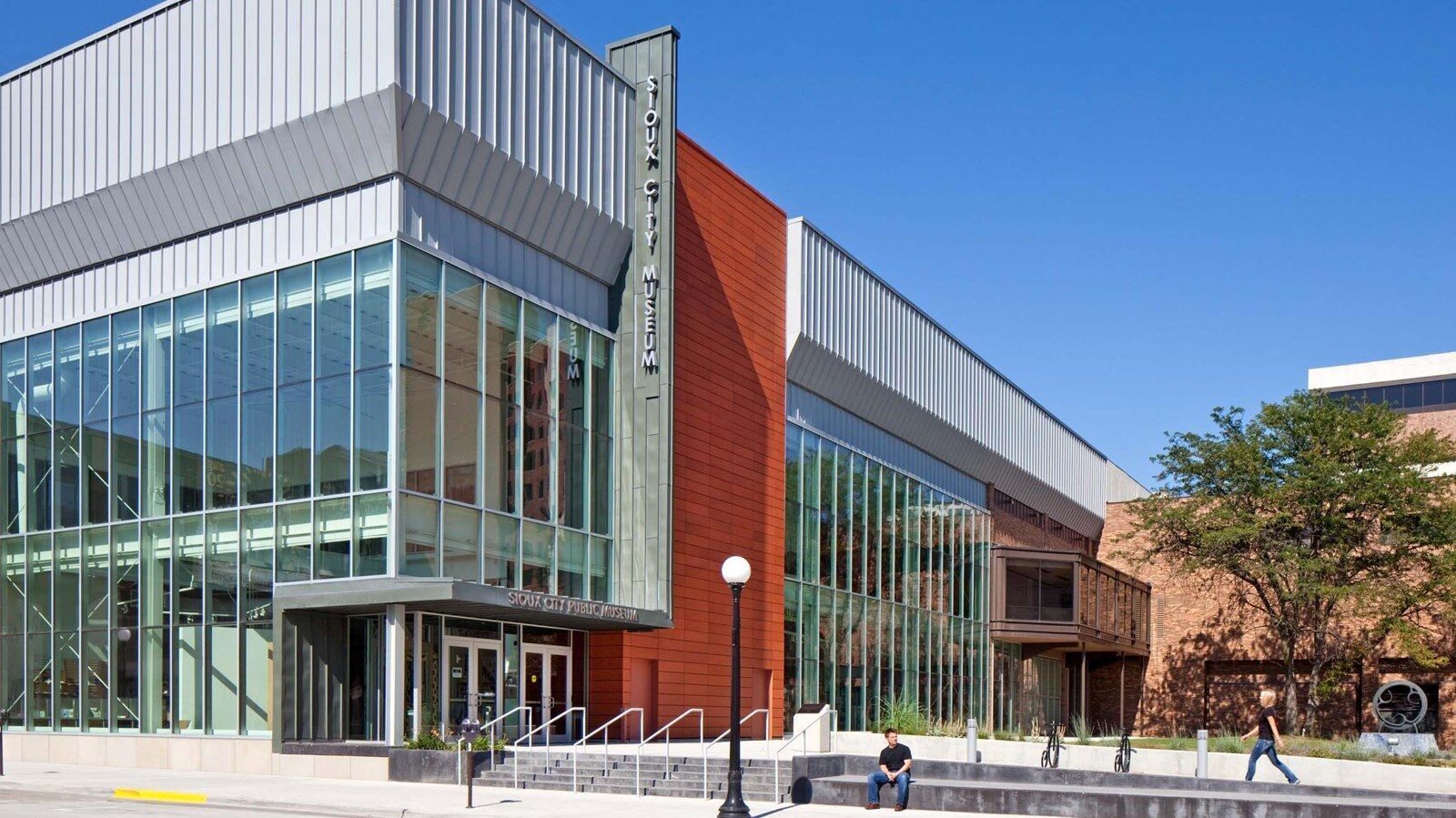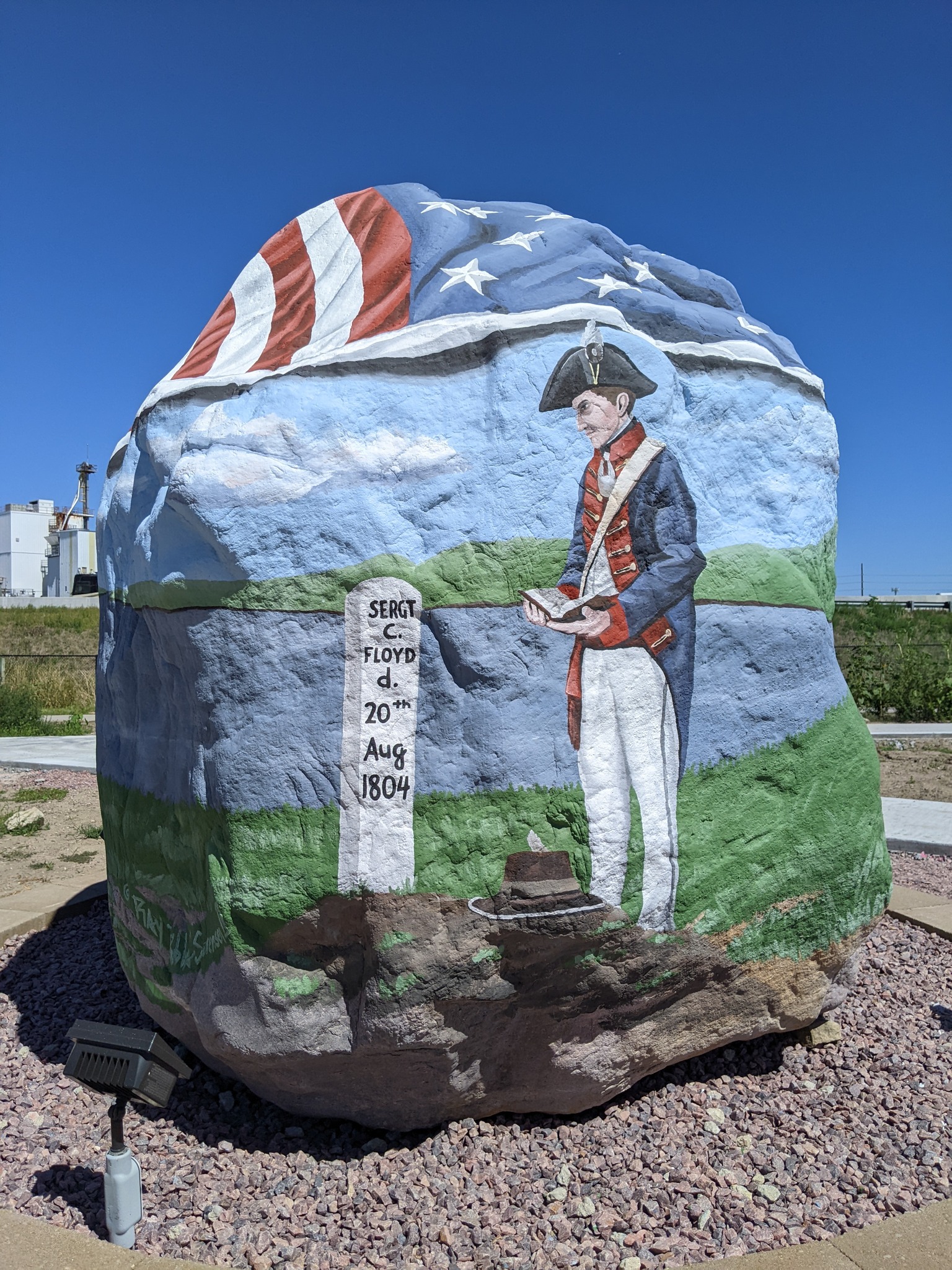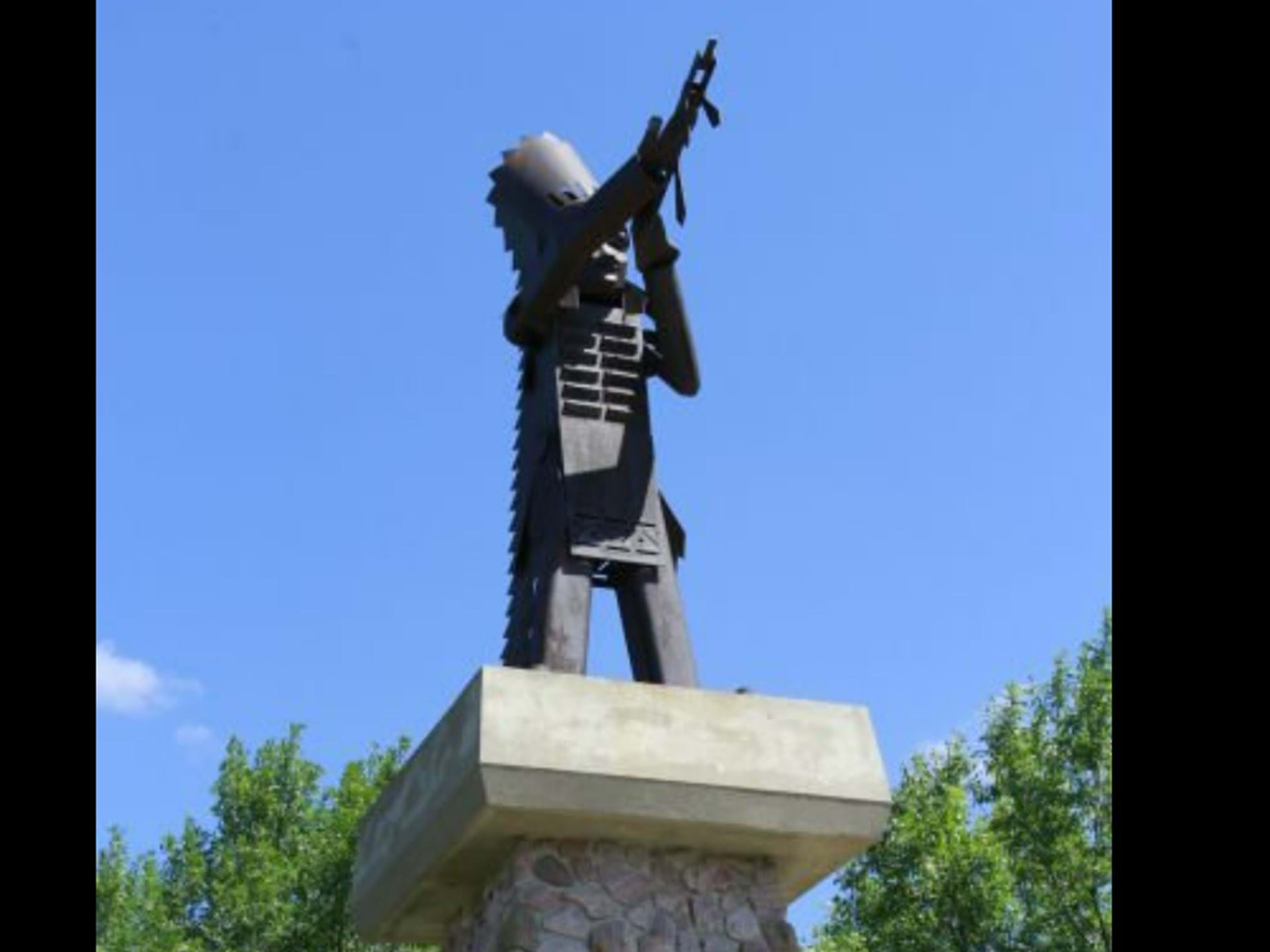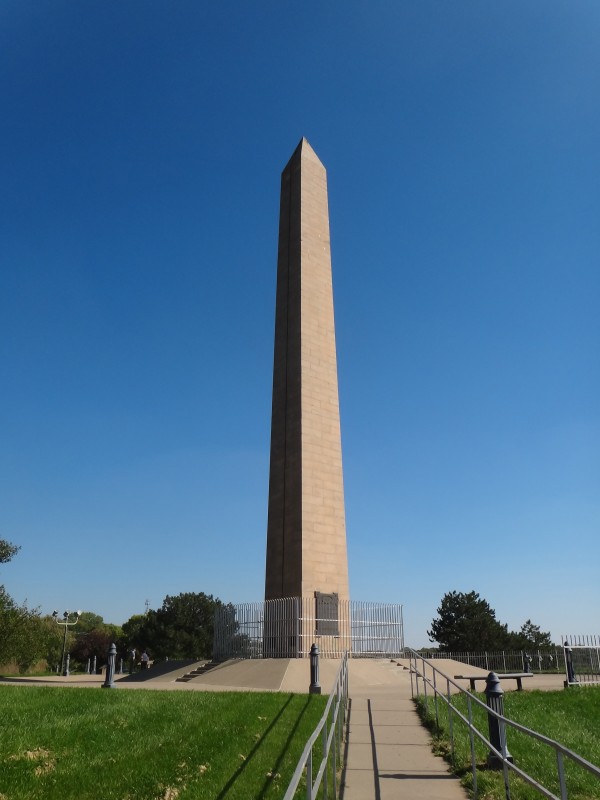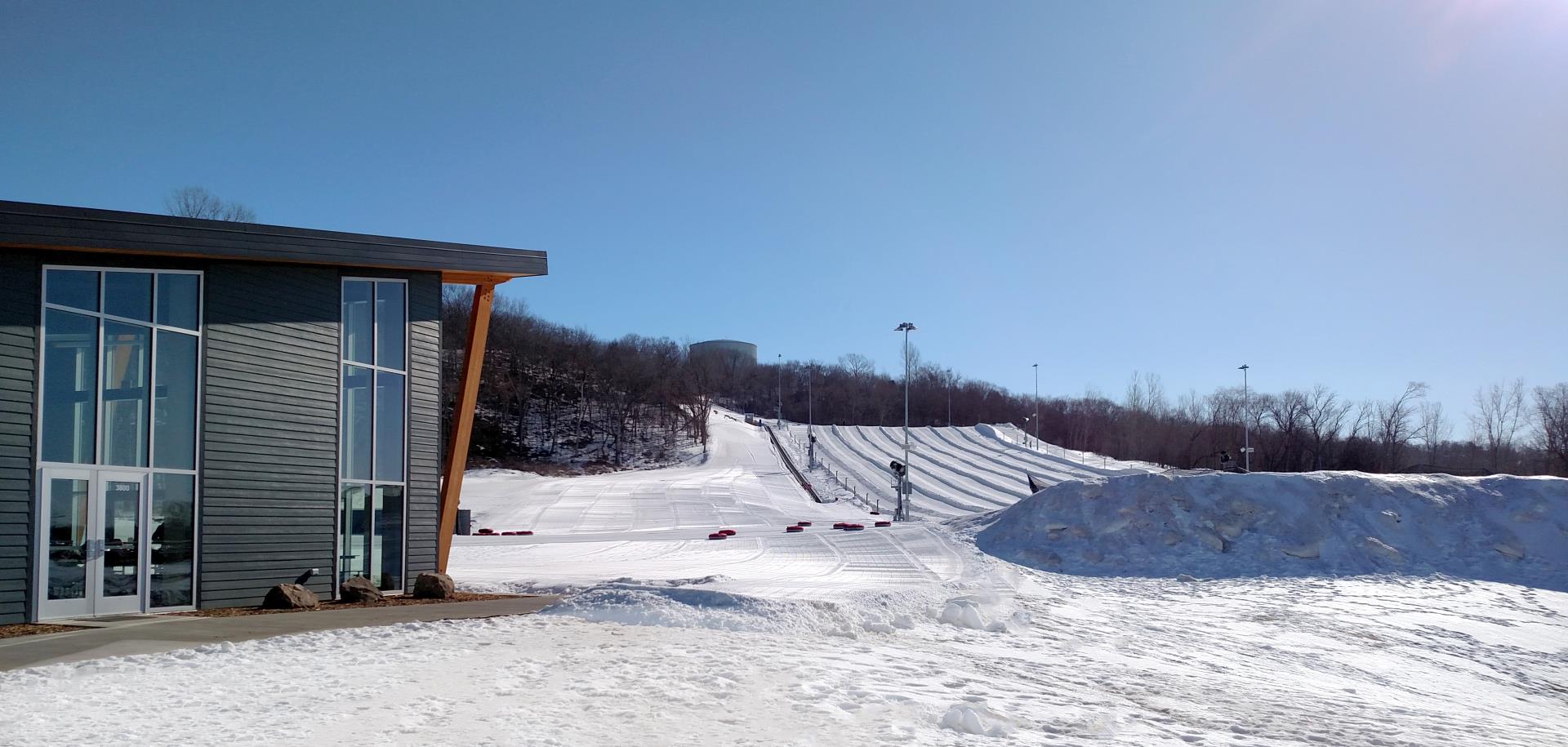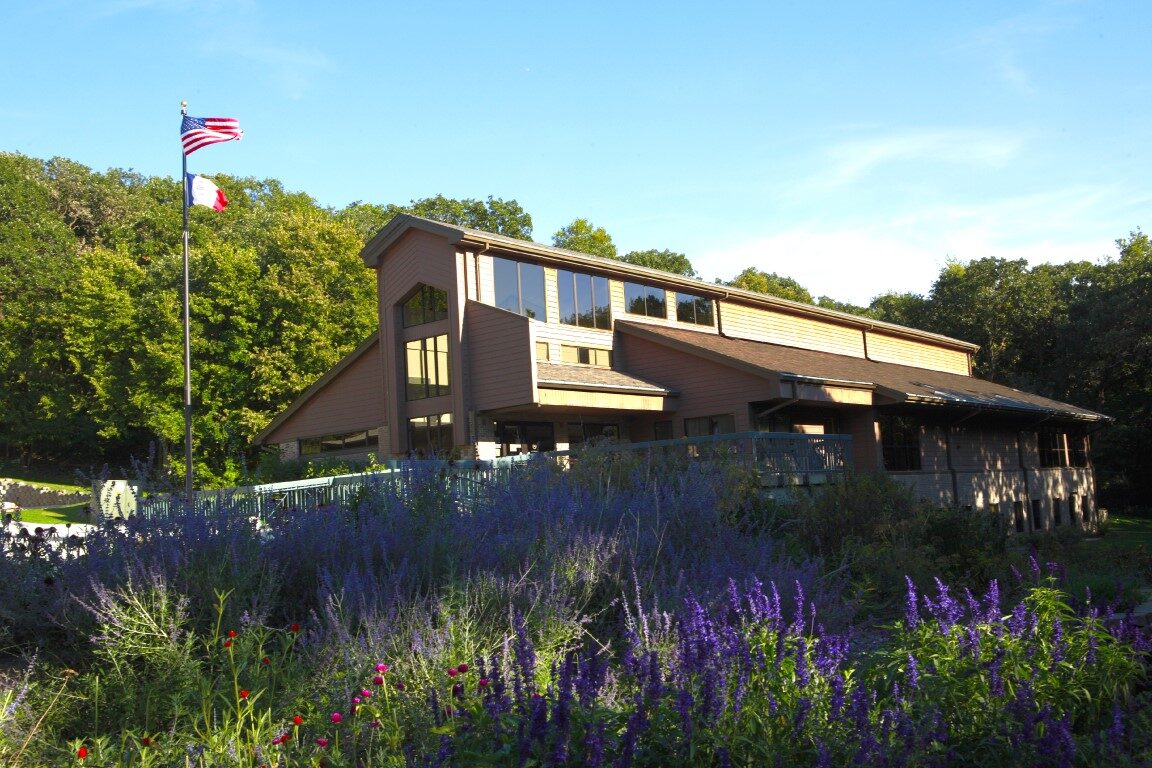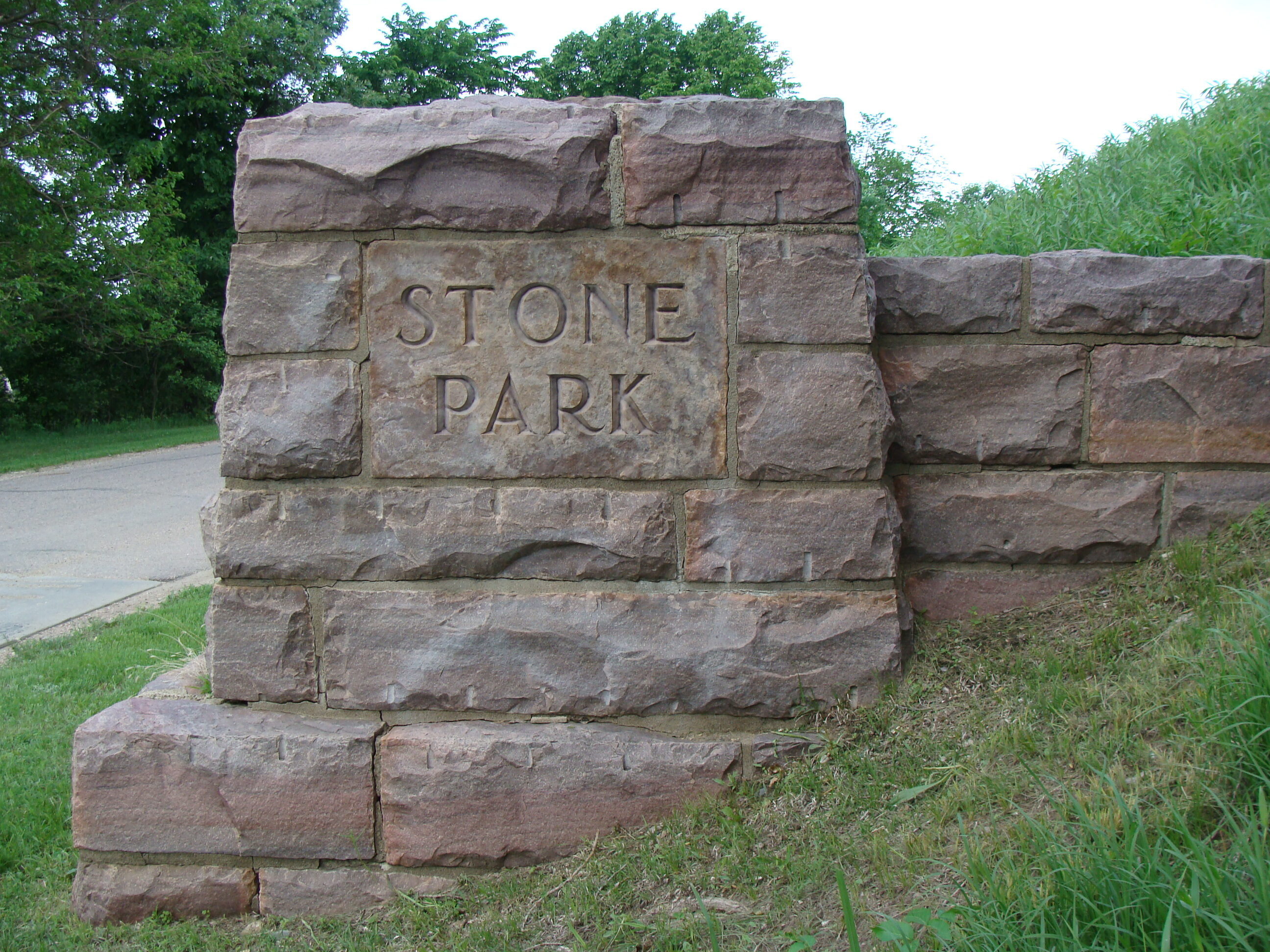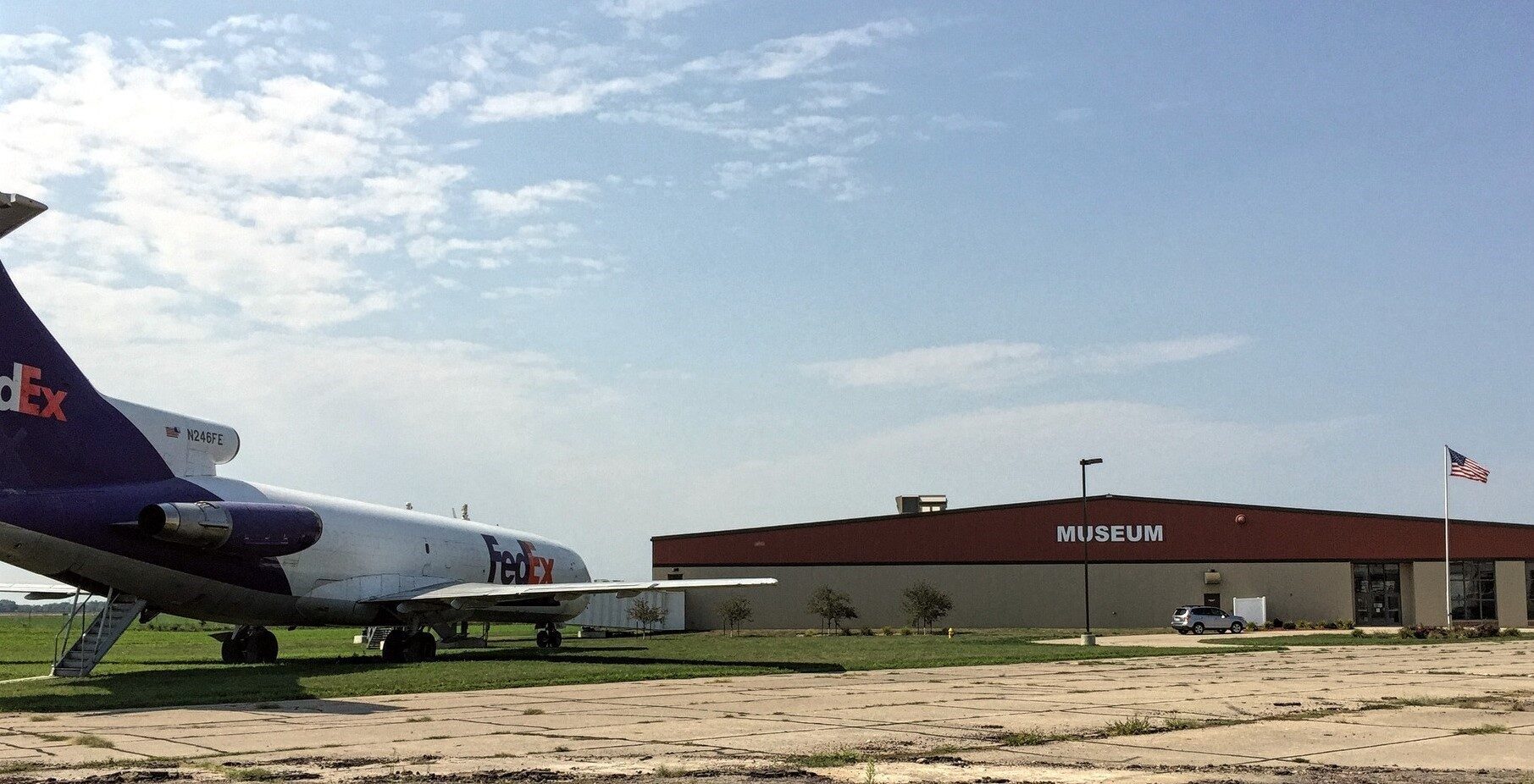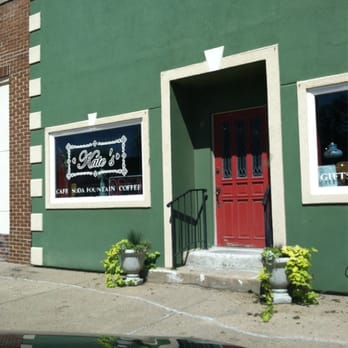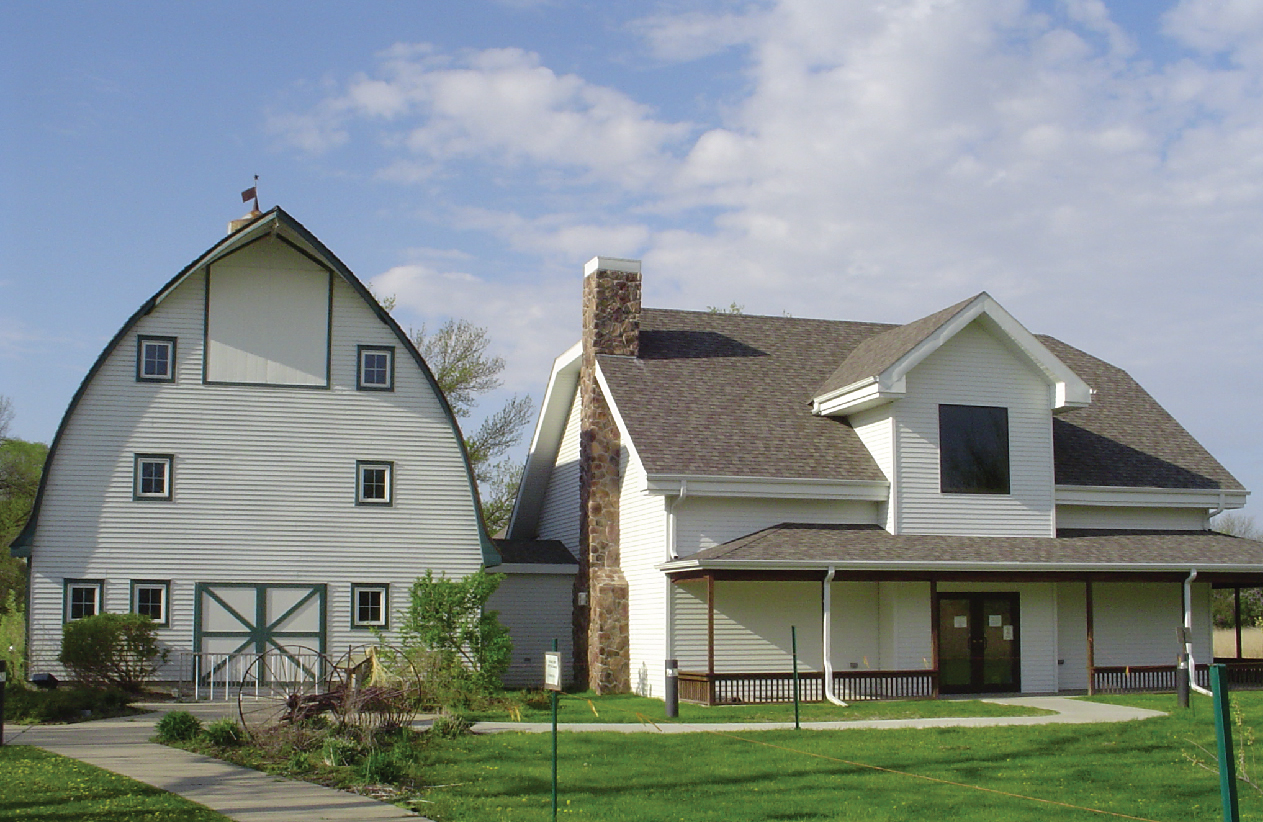The Sioux City Lewis & Clark Interpretive Center showcases permanent exhibits about the Corps of Discovery’s time in the present-day Sioux City area from late July to early September 1804. The death and burial of Sergeant Charles Floyd on August 20 is at the center of the story. Floyd was the first U.S. soldier to die west of the Mississippi River.
The expedition as a military operation comes to life in exhibits that use interactive devices, including animatronic mannequins, computers, flip books, stamping stations, text-and-graphic panels, lift-and-drop panels, hand-painted murals, a brass-rubbing station, and reproductions of military equipment.
The Sioux City Lewis & Clark Interpretive Center and the Betty Strong Encounter Center comprise an almost 20,000-square-foot, private, non-profit cultural complex, built and sustained by Missouri River Historical Development, Inc. (MRHD).
The Interpretive Center opened in 2002 to commemorate the Lewis & Clark Bicentennial and showcases permanent exhibits about the Corps of Discovery’s time in the present-day Sioux City area from late July to early September 1804. The death and burial of Sergeant Charles Floyd on August 20 is at the center of the story. Floyd was the first U.S. soldier to die west of the Mississippi River.
The Betty Strong Encounter Center connects to the Sioux City Lewis & Clark Interpretive Center to serve a permanent mission of “commemorating a history of encounters” that occurred before and after the expedition. It hosts free photo and art exhibitions, and offers free programs, events and activities that explore themes of the land, rivers and people of the region. Themes are as diverse as agriculture, Mighty Mo fishing, heritage food and music, and Native Games days.
Joined by the symbolic Crossroads, these two parts create a Missouri Riverfront home for exhibits, programs and activities that explore how we live together as diverse people; and how we care for our land, our great river and other natural resources. Admission and programs are free.
